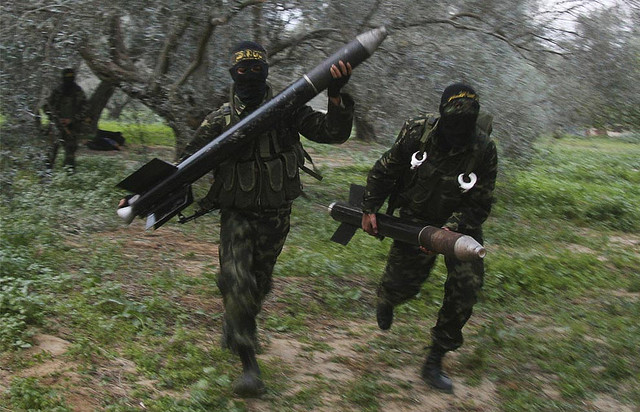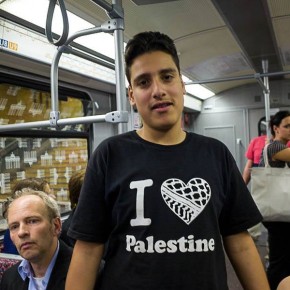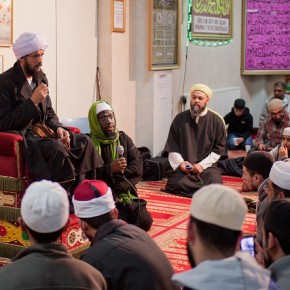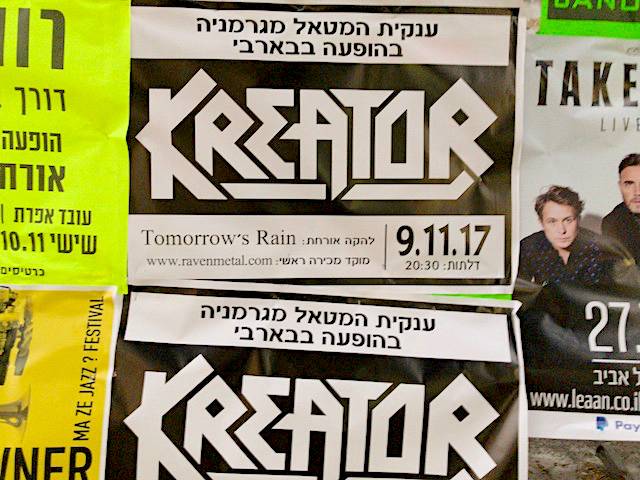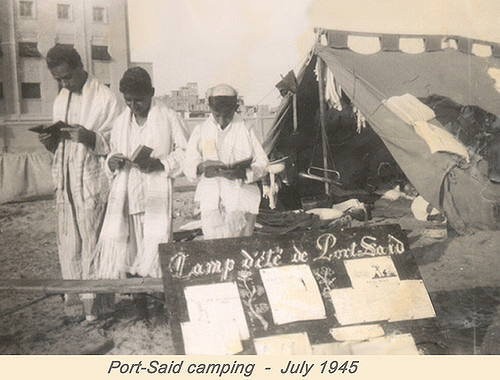The Onion has a sister publication called Clickhole that described current violence in Gaza pretty well. It parodied .GIF listicles with a piece called “The Current Crisis In Gaza Explained Using GIFs From Previous Crises In Gaza.” The satire was underlied by the fact that it seems like we’re stuck. How did we get here? There is a basic format to these events: the Israeli government responds to any potential breakthrough (most recently the unity government between Fatah and Hamas) by expanding the settlements and waiting for a pretext to attack. It got what it wanted in the recent kidnapping and murder of three Israeli teenagers, but it could have easily been something else. The result is that this most recent invasion is playing out in much the same way as Operations Cast Lead and Pillar of Defense.
The only thing that appears to have changed is the asymmetrical nature of the conflict, and the prospects for ending it within conventional politics. The Iron Dome defense system has been mostly successful in erasing Israeli casualties, which were already small. The 2013 Knesset elections were heavily criticized for ignoring the Palestinian issue, and in terms of grassroots movements, the wave of protests in 2011 were notorious for not discussing the occupation. These two realities seem to mark a general decline of a once vibrant discussion in Israeli society.
What happens now? Recently, John Kerry caught quite a lot of flack for half-saying what American diplomats have been privately grumbling about for months. “The alternative to getting back to the talks is the potential of chaos,” he said. “I mean, does Israel want a third intifada?” He was vocalizing the overall American feeling at the negotiations, which was that the Israelis seemed like they would only ever agree to anything if they felt like there was a sense of violent urgency. They may be right about that. Peace seems further away than ever, and one of the main reasons is that the Israeli government holds all the cards, and has no intention of backing down. Just last month, Israel announced another major rollout of settlements.
Palestinians are reacting by continuing to be radicalized by intense warfare and Israeli ambivalence. Gazans in particular are worn out and exhausted, especially since this is the third major incursion in the past six years. Human rights lawyer Raji Sourani described the general feeling in a comprehensive interview:
“People are furious here. In 2008-2009, with all the horrors that took place, when they used phosphorous bombs all over Gaza, they destroyed the city. And then in 2012 we had another war, and now we are having the third consecutive war in about five years. It’s too much for any population. People are really sick, tired, exhausted, and nobody really wants to be a submissive victim. They feel there is nothing more to lose. […]
The most common sentence I heard when people began to talk about ceasefire: everybody says it’s better for all of us to die and not go back to the situation we used to have before this war. We don’t want that again. We have no dignity, no pride; we are just soft targets, and we are very cheap. Either this situation really improves or it is better to just die. I am talking about intellectuals, academics, ordinary people: everybody is saying that.”
How can we reconcile this with the fact that the current trajectory of Israeli politics is headed further to the right? It is likely that Israel’s next Prime Minister will either be Avigdor Lieberman, an established conservative, or Naftali Bennett, a staunch nationalist who continues to propose annexing Area C (most of the West Bank, and where 97% of Palestinians live.) Maybe the inevitable collision of those trends alongside stalled peace talks is what Kerry actually warned may lead to a Third Intifada. We will have to see. It does seem obvious that something immense will need to happen to change where this all seems to be headed. Is peace even possible? Or will things need to get worse before they get better?
Lead photograph courtesy of Amir Farshad Ebrahimi. Published under a Creative Commons License.
